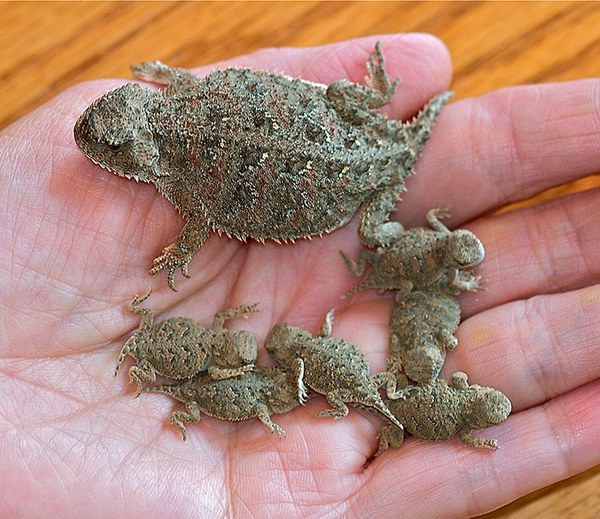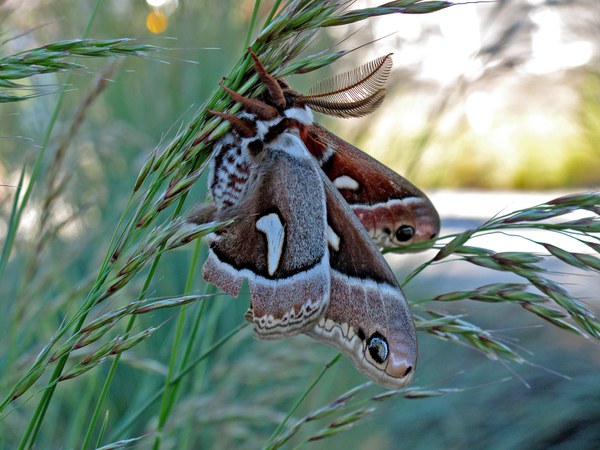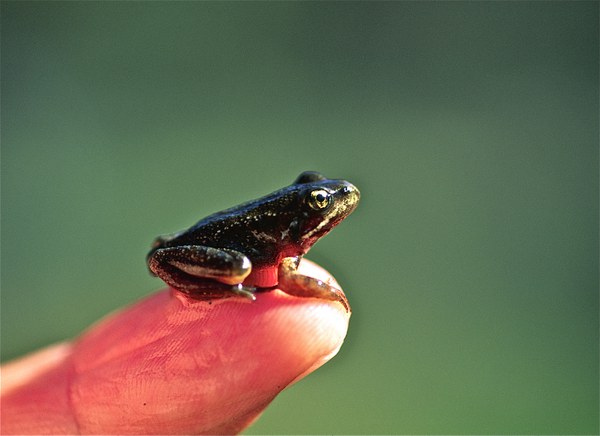Love is in the air. Seriously, it's everywhere. When you've had just enough of the pink and red decor, when you absolutely cannot stomach another candy heart, and you simply can't bear to look another stuffed teddy in the eyes--the wild and wacky wildlife of Central Oregon are here to remind you how true love can feel. Get ready to fall head-over-heels for three of the cutest of Central Oregon critters.

With their rotund bodies, their tiny little legs, and their stubby tails, nothing invokes the feeling of love like a newborn pygmy short-horned lizard. One sight of them in the sand is sure to have nature lovers squealing. After gazing upon all two inches of their plump bodies, lucky lizard spotters may begin experiencing warm and fuzzy feelings, don’t worry, it’s normal.
These little, love-invoking lizards can be hard to spot during our Central Oregon summers. Masters of camouflage, pygmy short-horned lizards are typically the same color as the soil and pebbles where they live. If you do happen to see one scooting on by, look closely for the signature nubbins on its head (hence the 'short-horned') and just try to keep yourself from swooning.

If tiny horned lizards can't garner your affection, these showstoppers will. Cecropia moths are known as the largest species of moth native to North America. Females can grow to have a wingspan of as much as 6 inches! It doesn’t take long to notice their big, beautiful, and bushy antennae. Sadly, the Cecropia moth will not pucker up for Valentine's Day (mostly because they aren't around in the winter, but also) because it does not have any functional mouthparts. :( Adult Cecropia moths don't need mouths because they spend their entire adult lives focused on mating instead of eating. You’d never find a critter more dedicated to the romanticism of Valentine’s Day!

With their slim waist, long legs, and smooth skin you might think the Cascades frog would be the perfect valentine. But, like so many of us, they would much rather sleep through the holiday. Cascades frogs hibernate under a cold blanket of snow during Central Oregon’s winter. Many scientists have described them as “appearing sluggish,” which is just perfect for those of us also looking to avoid the Valentine’s Day craze. Looking for ways to escape the holiday hullabaloo? The Cascades frog recommends hopping into a pond and swimming away, burying yourself in mud, or simply retreating to a higher elevation. Still, as much as they try to run (or hop) away, we can't help but shower them in affection for all their tiny-cuteness!
Other Wildlife Profiles:


